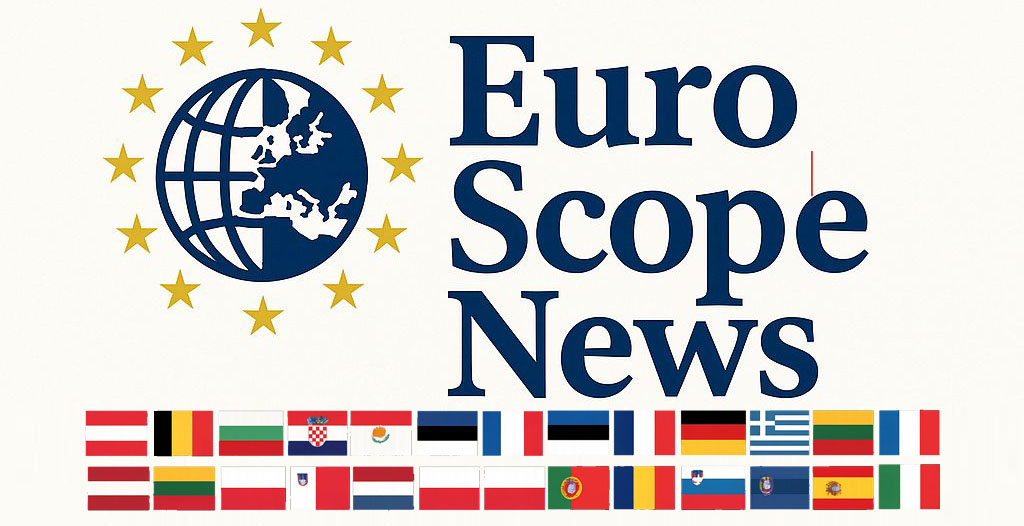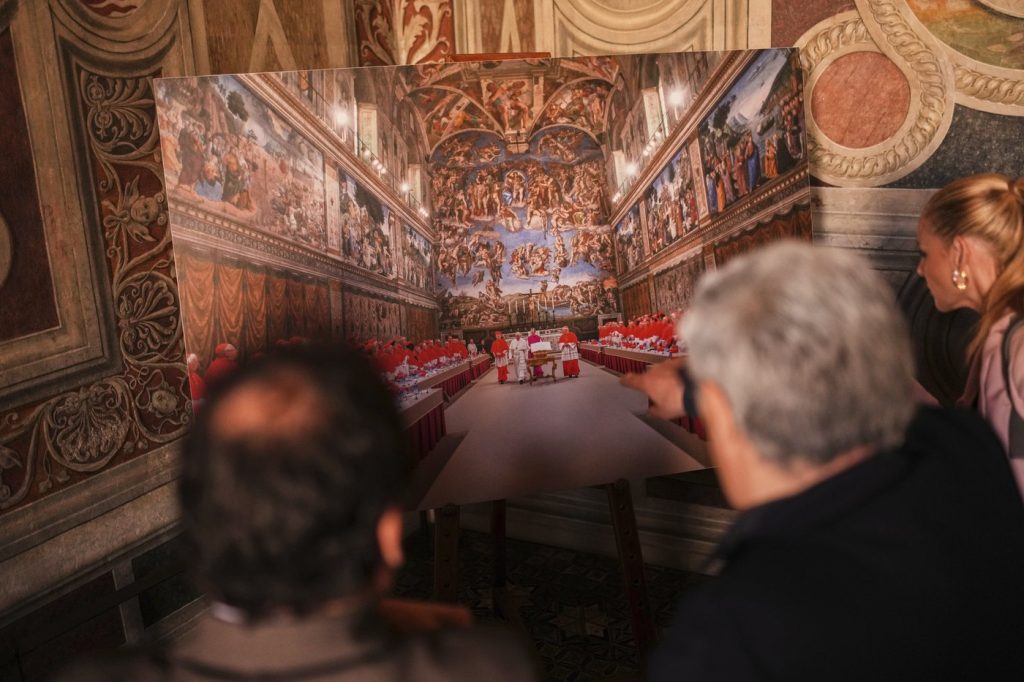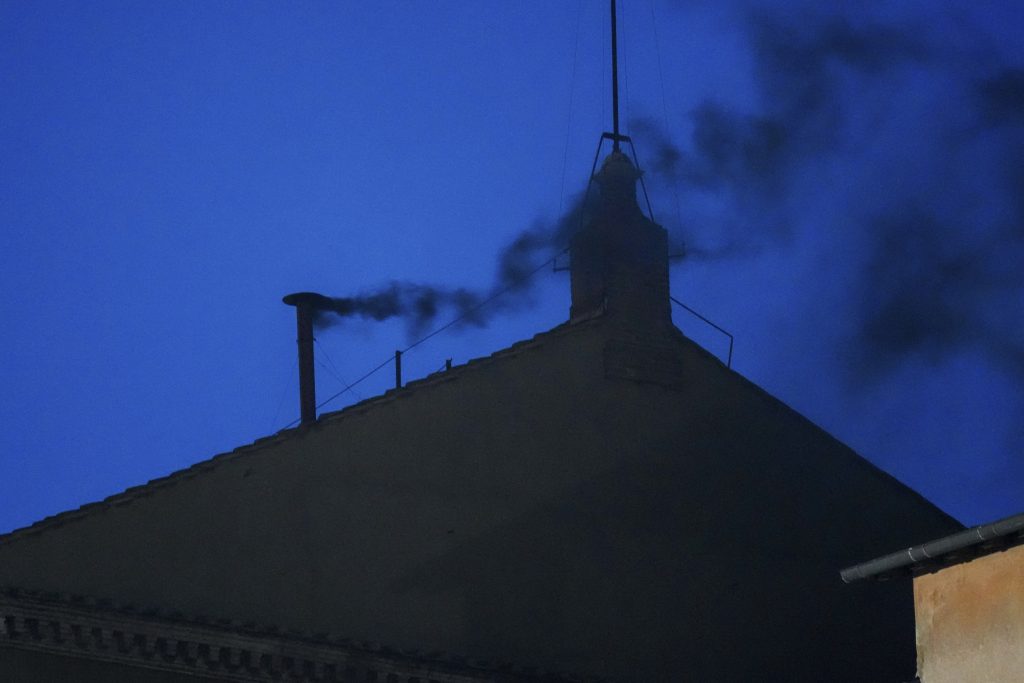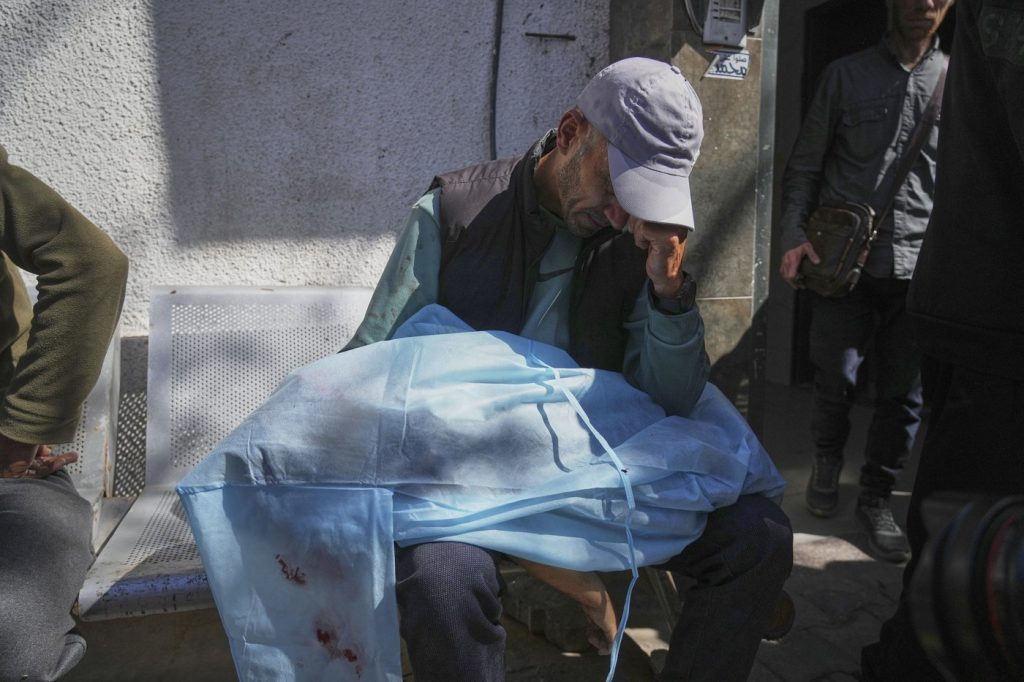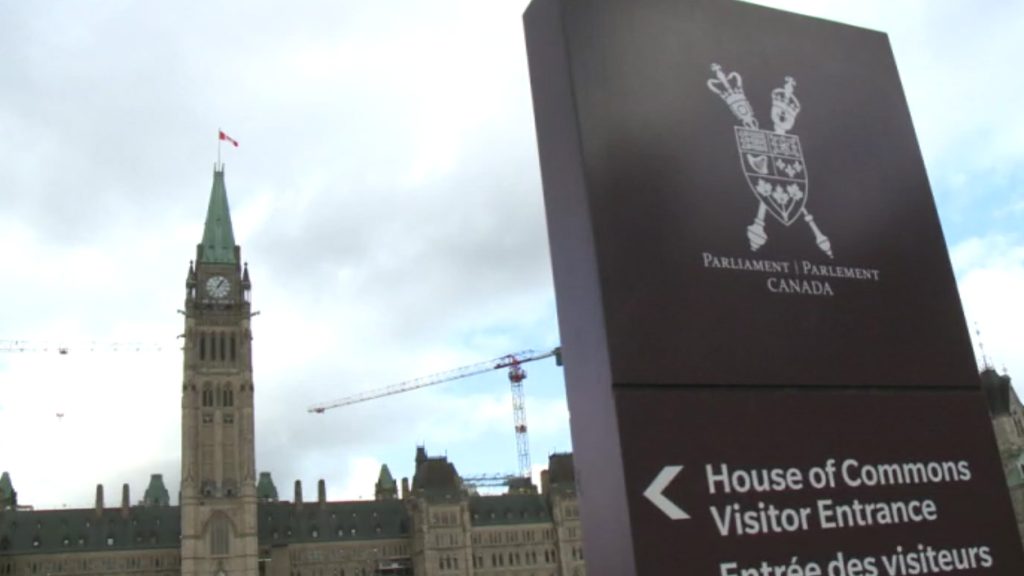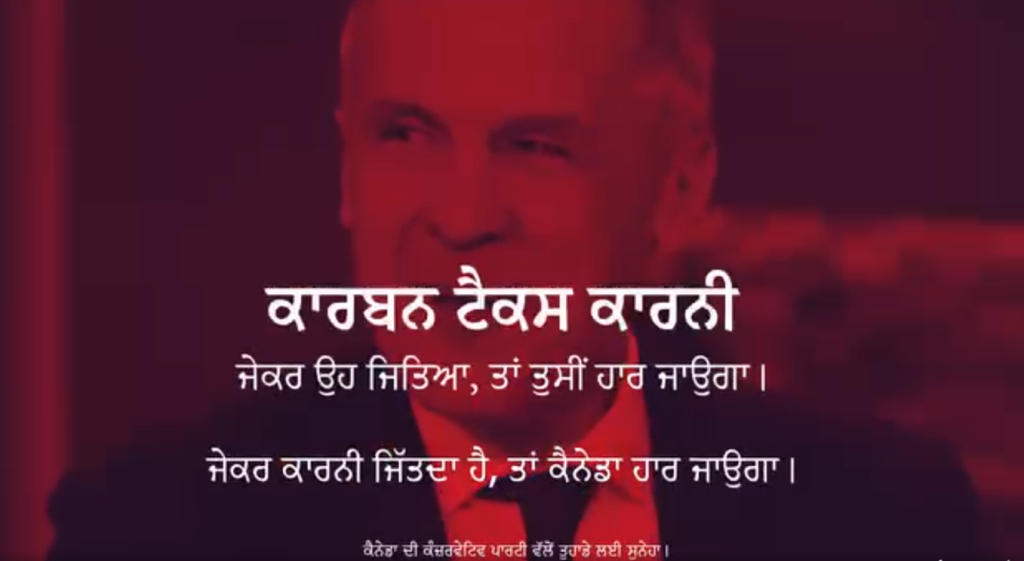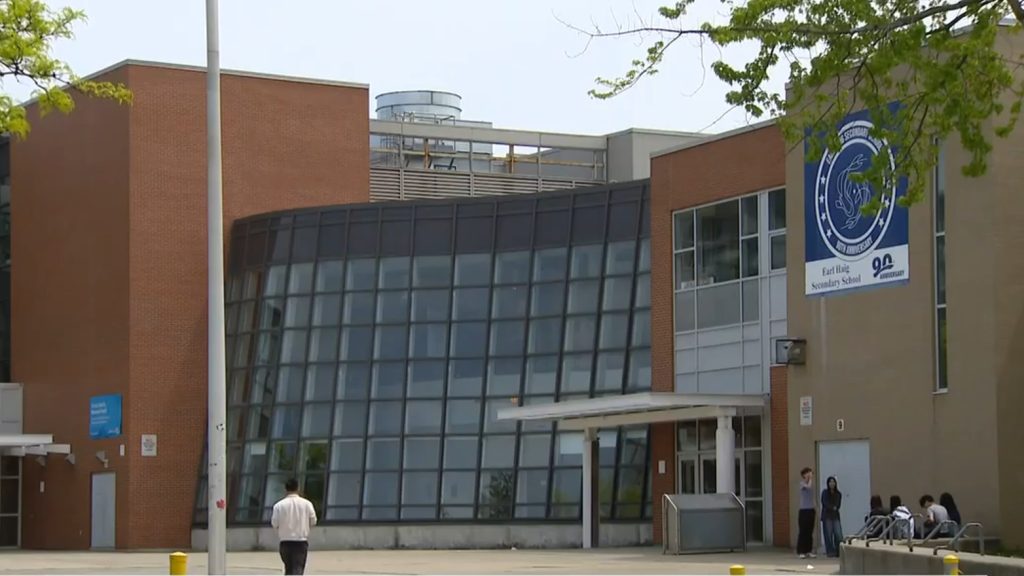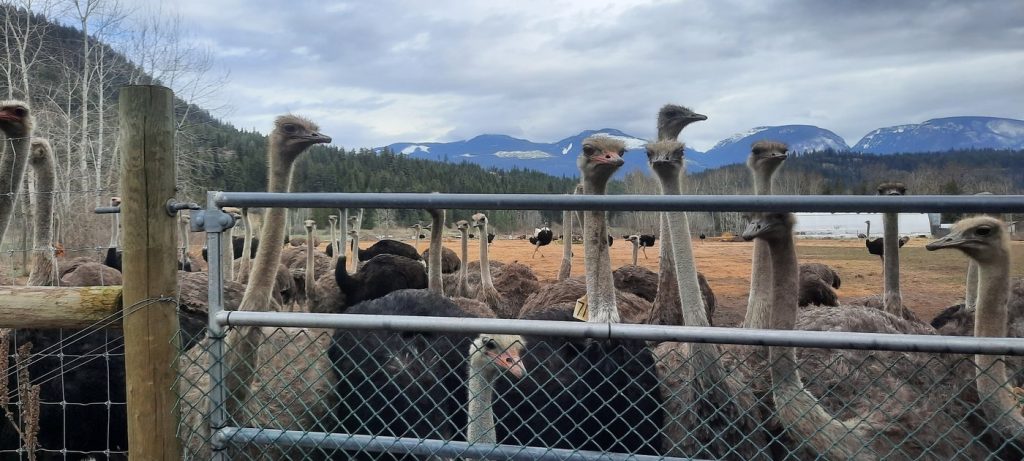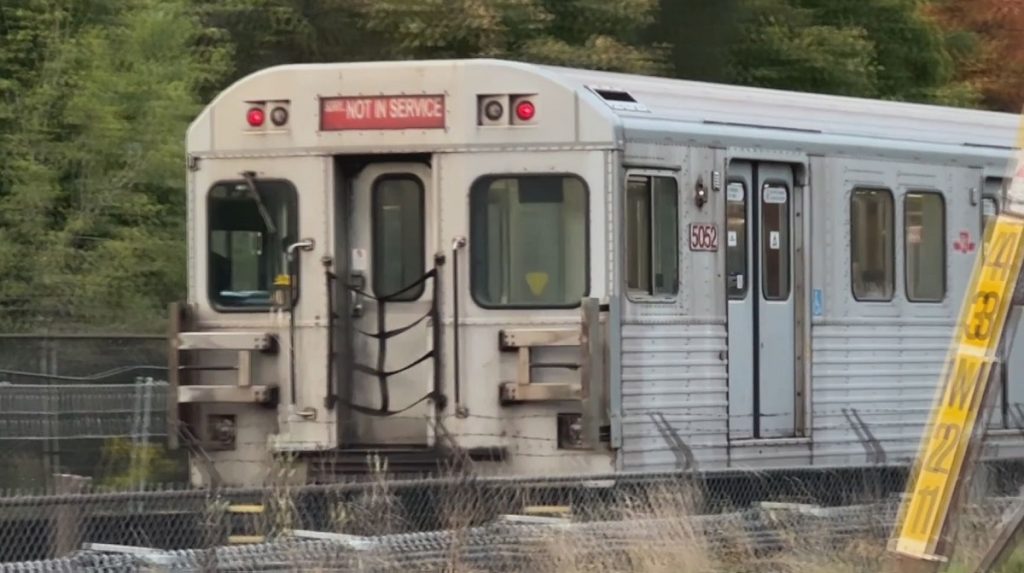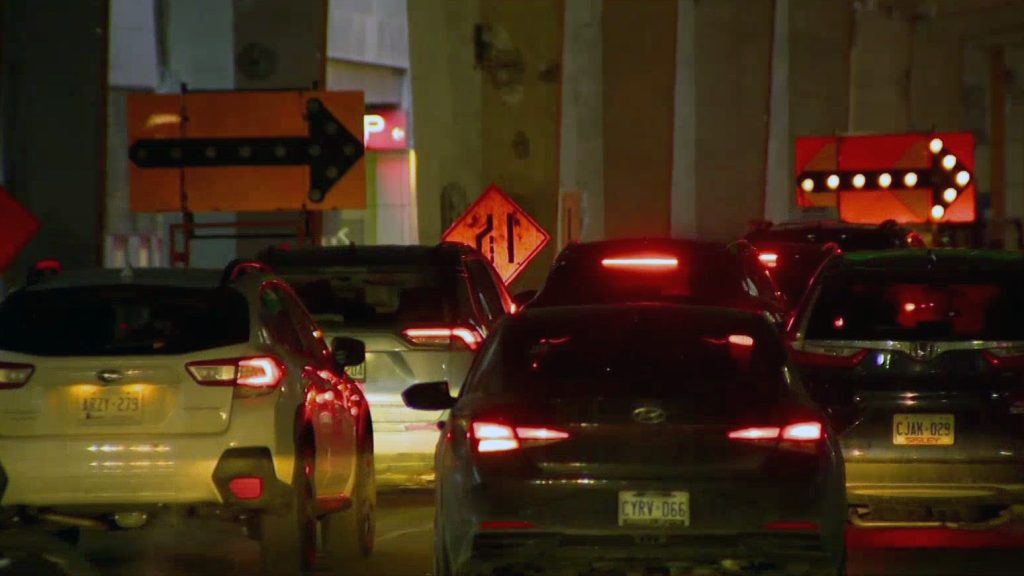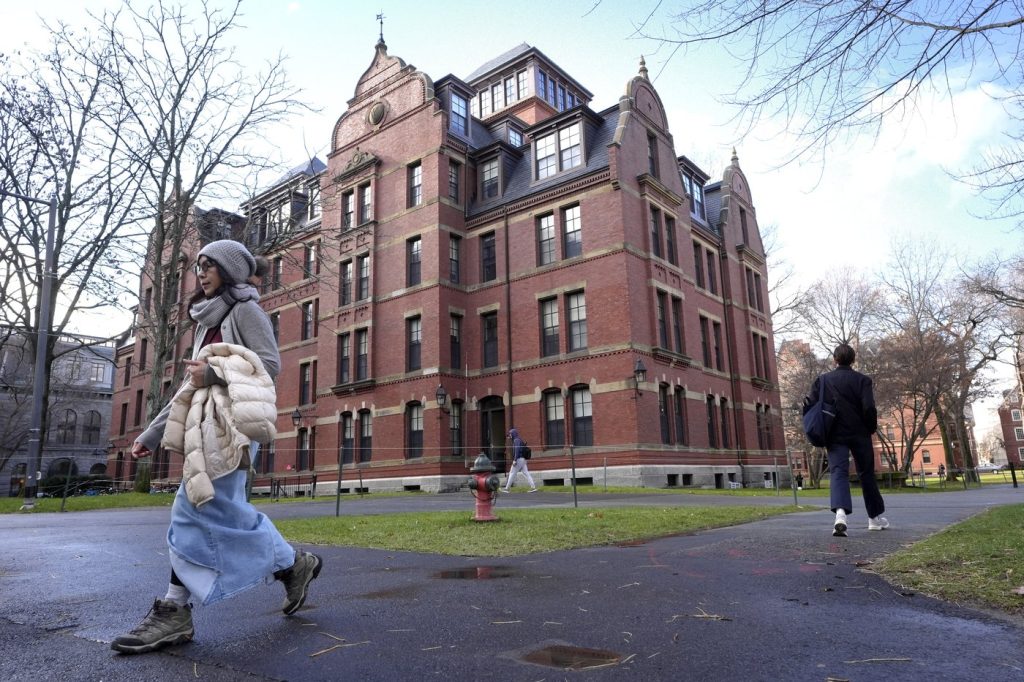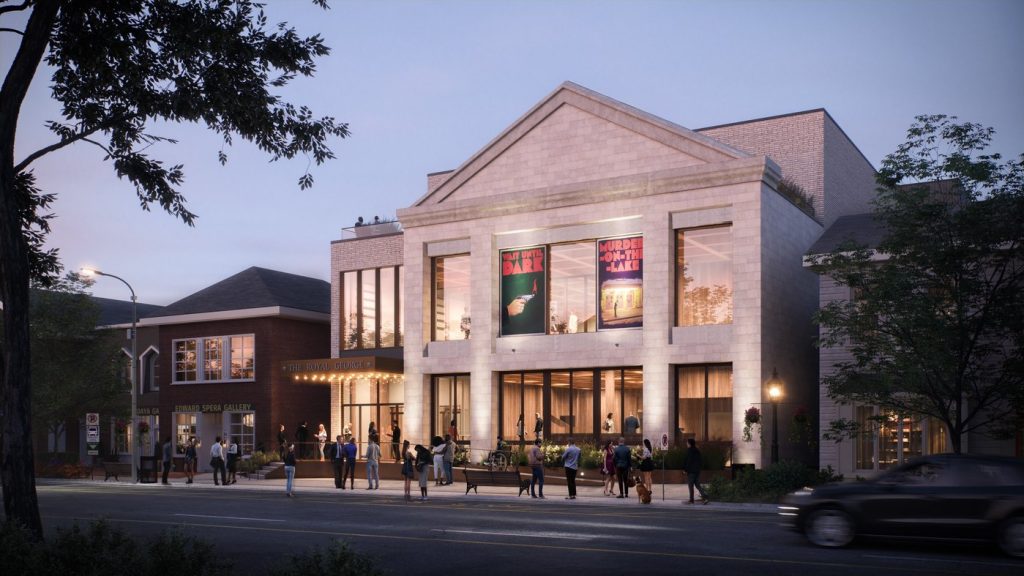VATICAN CITY – One hundred and thirty-three cardinals have secluded themselves within the medieval walls of the Vatican for a conclave to elect a successor to Pope Francis, following his death on April 21 at the age of 88. The delay between the pope's passing and the conclave was necessary to allow for a funeral, burial, and a period of mourning, as well as to enable cardinals from around the globe to gather in Rome and acclimate to their surroundings before the conclave's ancient rituals began.
What happens in a conclave? The proceedings commenced with a solemn Mass in St. Peter's Basilica. The cardinals entered the Sistine Chapel in procession, chanting the “Litany of the Saints” and the Latin hymn “Veni Creator,” seeking guidance from the saints and the Holy Spirit in their decision-making process. Inside the chapel, the electors are cut off from the outside world and vote in secret beneath Michelangelo’s iconic frescoes, including “The Creation” and the “Last Judgment.”
In an effort to maintain confidentiality, the Vatican has enacted strict security measures. Cardinals have been required to surrender their phones, and cell phone coverage has been disabled across the Vatican. Additionally, signal jammers are being used around the Sistine Chapel and other residences where the cardinals are staying to prevent any form of communication or surveillance.
The voting process involves using paper ballots, continuing until a candidate secures a two-thirds majority—89 votes. After each voting round, the ballots are burned in a special stove; black smoke signals indicate that no decision has been reached, while white smoke signals the election of a new pope. Only cardinals under the age of 80 are eligible to vote, and the current group is noted for its geographical diversity, reflecting the growth of Catholicism in regions like Africa, Asia, and Latin America.
How long will the conclave last? The longest conclave in history continued for nearly three years; however, the current conclave is anticipated to be much shorter, with expectations of a resolution after a few rounds of voting. The initial round has yielded dark smoke, leading a disappointed crowd to disperse. Historically, it has typically taken between three and eight ballots to elect a pope—with quick elections in instances such as John Paul I, who was ordained after just three ballots in 1978, and Pope Francis, elected on the fifth ballot in 2013.
Potential candidates for the papacy are not officially designated, but many cardinals are identified as “papabile,” indicating they possess the qualities deemed fitting for the role. With 108 of the voting cardinals appointed by Francis himself, many may prioritize his ongoing legacy, reflecting their pastoral approach rather than ideological considerations.
Post-election process entails that once a candidate secures the requisite number of votes and accepts, he will choose a papal name and then enter the “Room of Tears,” where he will don his papal vestments. Shortly thereafter, he will be introduced to the world from the balcony of St. Peter's Basilica with the proclamation in Latin: “Annuntio vobis gaudium magnum: Habemus Papam!” (which translates to “I bring you tidings of great joy: We have a pope!”).
This election carries significant historical implication, as every new pope is viewed as a successor to St. Peter, the apostle believed by Catholics to have been appointed by Jesus as the head of the church. The foundational scripture, from the Gospel of Matthew, in which Jesus declares, “You are Peter, and on this rock I will build my church,” forms the basis for the papacy and tradition. St. Peter is said to have traveled to Rome to spread the Christian faith and was eventually martyred there, with his burial site located beneath the magnificent St. Peter's Basilica.
The Pope's Influence extends beyond the realm of the Catholic Church; figures like Pope John Paul II were instrumental in significant historical movements, such as advocating for the Solidarity movement in Poland. Similarly, Pope Francis has emerged as a key voice on global issues including climate change, migration, and economic inequality, often positioning himself in opposition to political leaders in favor of compassion for marginalized communities.
The selection of a papal name will be the first clear indicator of the new pope’s priorities. For instance, a name like Francis II would reinforce the legacy of his predecessor, while a name such as Pius could suggest a return to traditionalist values.
